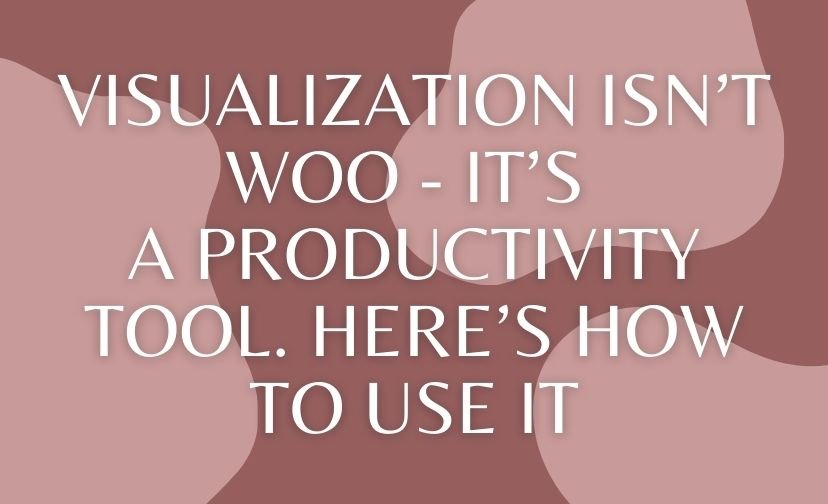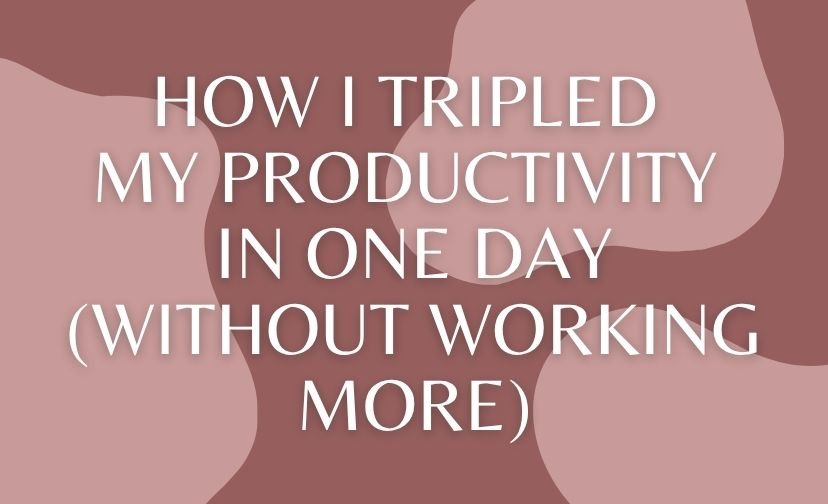In a world where productivity often feels like a relentless race against time, could a simple mental exercise be the secret weapon we’ve all been missing? Visualization, often mistaken as a mystical practice, is a formidable ally in the quest for efficiency and achievement.
By leveraging visualization as a productivity tool, you can chart a path to success with clarity and confidence. This guide will illuminate how visualization techniques can elevate daily performance, transforming aspirations into tangible outcomes.
Understanding Visualization as a Productivity Tool
Visualization is not just about daydreaming; it’s a strategic exercise that engages your mind in painting vivid pictures of your goals and the steps needed to achieve them. This practice taps into your brain’s natural ability to simulate experiences, setting the stage for real-world success.
Defining Visualization and Its Purpose
At its core, visualization involves creating detailed mental images that represent your desired outcomes. Think of it as a mental rehearsal where you play out scenarios in your mind, whether acing a presentation or completing a marathon.
This technique is grounded in cognitive psychology, which shows that mental imagery can significantly boost motivation and focus. By envisioning your goals, you’re rehearsing for success, making the actual execution feel more familiar and less daunting.
The Science Behind Visualization Techniques
Scientific research supports the efficacy of visualization. Studies have shown that mental rehearsal activates the same neural pathways as physical practice, enhancing performance in various domains.
For instance, athletes who engage in visualization often report improved performance, reduced anxiety, and increased confidence. Visualization techniques can also influence stress resilience and goal attainment, making them a valuable tool in both personal and professional contexts.
Visualization can be a powerful tool for stress reduction. By imagining a peaceful and relaxing scene, you can activate the body’s relaxation response, lowering cortisol levels and promoting a sense of calm.

Powerful Visualization Techniques to Boost Productivity
Incorporating visualization into your routine requires no special skills—just a willingness to imagine and believe. Here are some techniques to get you started on this transformative journey.
Creating a Vision Board for Clear Goals
A vision board is a tangible representation of your dreams and aspirations. It involves gathering images, quotes, and symbols that resonate with your goals.
This visual tool is a daily reminder of what you’re working towards, keeping your objectives at the forefront of your mind. By placing your vision board in a spot where you see it regularly, you reinforce your commitment to your goals.

Mind Mapping: Organizing Thoughts Visually
Mind mapping is an excellent way to organize thoughts and ideas visually. It starts with a central concept and branches out to related ideas, creating a dynamic and interconnected map of your thoughts.
This technique not only helps clarify your ideas but also encourages creative problem-solving. Mind maps can be particularly useful in planning projects, brainstorming, or setting goals.
Mental Rehearsal: Practicing Success in Your Mind
Mental rehearsal involves vividly imagining yourself performing a task successfully before actually doing it. This technique is widely used by athletes, musicians, and public speakers to enhance performance and reduce anxiety.
By mentally rehearsing each step of a task, you create neural patterns that prepare you for real-world execution, boosting your confidence and readiness.
Using Affirmations to Reinforce Positive Mindsets
Affirmations are positive statements that you repeat to yourself to instill a sense of confidence and possibility. When combined with visualization, affirmations can reinforce a positive mindset and align your actions with your goals.
By consistently affirming your capabilities and desired outcomes, you rewire your brain to believe in your potential for success.

Integrating Visualization into Your Daily Routine
Making visualization a part of your daily routine can significantly enhance its effectiveness. Here’s how you can seamlessly integrate this practice into your life.
Establishing a Consistent Visualization Practice
Consistency is key to effective visualization. Dedicate a few minutes daily to visualize your goals and the steps needed to achieve them.
Whether in the morning to set the tone for the day or at night to reflect, regular practice reinforces your commitment and keeps your objectives in mind. Over time, visualization will become a natural and integral part of your daily routine.

Leveraging Tools and Resources for Effective Visualization
Numerous tools and resources can aid your visualization practice. Consider using apps that support mind mapping or creating digital vision boards.
These tools can help you organize your thoughts, track your progress, and stay motivated. Additionally, guided visualization recordings can provide structure and inspiration, making immersing yourself in the practice easier.
Consider using apps like MindMeister for mind mapping or Canva for creating vision boards. These tools offer templates and features that make visualization accessible and engaging.
Overcoming Challenges with Visualization Techniques
While visualization is a powerful tool, it’s important to approach it with the right mindset and expectations. Here’s how to address common challenges.
Addressing Common Misconceptions about Visualization
One common misconception is that visualization alone can achieve your goals without effort. While visualization is a powerful motivator, it must be paired with actionable steps to be truly effective.
Another misconception is that visualization is only for creative types or athletes, when in fact, anyone can benefit from this practice. By understanding and dispelling these myths, you can harness visualization to its fullest potential.

Measuring the Impact of Visualization on Productivity
Tracking your progress is essential to gauge visualization’s effectiveness. Use journals or apps to document your productivity levels before and after incorporating visualization techniques.
Note any changes in motivation, focus, or performance. By measuring the impact, you can adjust your visualization practices to better suit your needs and enhance your results.
Set specific, measurable goals for your visualization practice. This will help you assess its impact on productivity and make necessary adjustments to maximize benefits.
Real-Life Applications of Visualization for Success
Visualization is not just a theoretical concept; it has practical applications across various fields. Here’s how professionals are using this tool to achieve remarkable results.

Case Studies: How Professionals Use Visualization
Many successful individuals attribute their achievements to visualization. For example, Olympic athletes often visualize their routines to enhance performance.
Business leaders use visualization to prepare for important meetings and strategize their next moves. These case studies demonstrate that visualization can be a game-changer in achieving success, regardless of your field.
Visualization in Team Settings: Enhancing Collaboration
Visualization can also be a powerful tool for teams. By creating shared visual goals and strategies, teams can align their efforts and enhance collaboration.
Visualization fosters a collective understanding of objectives, improving communication and teamwork. In a team setting, visualization can map out project timelines, brainstorm ideas, and track progress, leading to more efficient and cohesive work.
| Technique | Application | Benefit |
|---|---|---|
| Vision Board | Personal Goal Setting | Keeps goals visible and top of mind |
| Mind Mapping | Project Planning | Organizes thoughts and encourages creativity |
| Mental Rehearsal | Performance Enhancement | Builds confidence and reduces anxiety |
| Affirmations | Mindset Reinforcement | Promotes positive thinking and self-belief |

Taking the Next Steps Towards Enhanced Productivity
As you embark on your visualization journey, it’s important to tailor your approach to suit your unique goals and preferences. Here’s how you can craft a personalized strategy.
Crafting Your Personalized Visualization Strategy
Begin by identifying your specific goals and the visualization techniques that resonate most with you. Experiment with different methods, such as vision boards, mental rehearsal, or affirmations, to find what works best.
Customize your practice to fit your lifestyle and objectives, ensuring that it remains a motivating and enjoyable part of your routine.
Resources for Continued Learning on Visualization Techniques
There are numerous resources available to deepen your understanding of visualization. Books, online courses, and workshops can provide valuable insights and guidance.
Additionally, consider joining communities or forums where you can share experiences and learn from others exploring visualization as a productivity tool. By continually expanding your knowledge, you can refine your practice and achieve even greater success.





